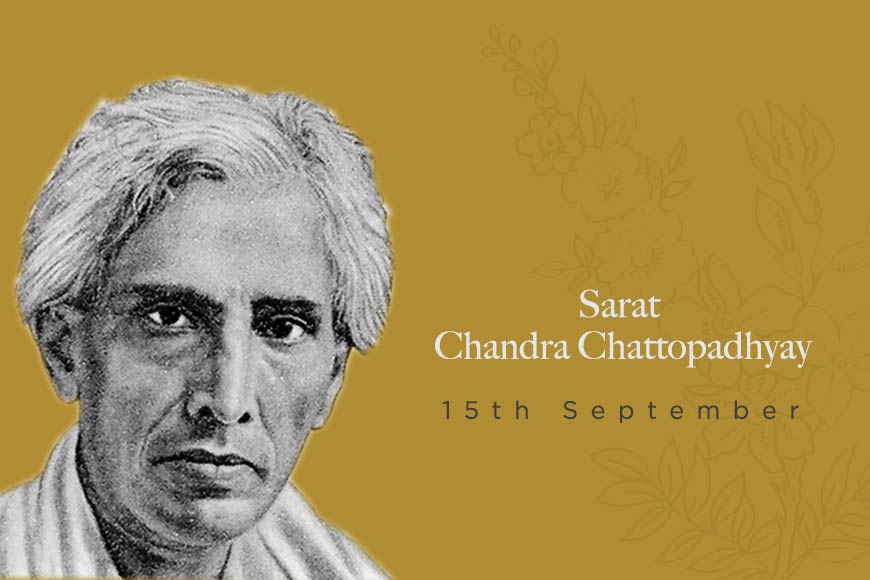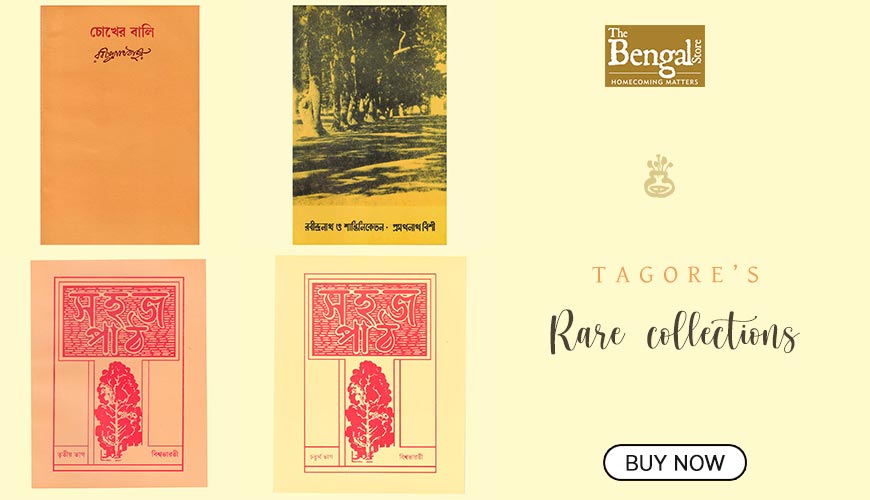Author who created ‘Fearless Women’ in Indian literature

For him, no woman was Charitraheen. All women, even a courtesan or a prostitute was pure. That’s why Sarat Chandra Chattopadhyay is probably one author whose maximum number of works have been adapted for movies, both in Bollywood and even in Bengali cinema. And they are more relevant in today’s India, where we still find women treated as second class citizen in many states and society.
Born on September 15, 1876, Sarat Chandra Chattopadhyay was literally a bhoboghurey, almost like a tramp, skipping from one place to another, coming across several people who turned into characters in his books. Even his childhood in Bhagalpur had an immense influence and was brought out in his semi-biographical novel Srikanto. Sarat Chandra’s stories have a natural flow and seem to be very close to each of us. The broken houses, the strong yet silent women, the tortured ones, the ones who even walk out of homes in an era when none could think beyond andarmahal, Bengal’s women found their literary representation in his works. Far removed from the aristocratic buildings, and the ‘cultured’ female protagonists often encountered in Rabindranath Tagore’s works, Sarat Chandra's characters were palpably real and completely free of vanity.
He introduced us to people we already knew in our lives, or had the chance of knowing, bringing in the angle of social pressures, family politics. The repercussion of a love affair that transpired in childhood, and the obstinate love of an egotist were familiar themes to the Bengali middle class, and Sarat Chandra fittingly represented them in his novels. He never shirked away from describing his female protagonists with all their vulnerability, desires, and passion.
Take for example Devdas, one of the most adapted novel on film, he brings in two extremely powerful yet different female characters -- Parvati and Chandramukhi. The significance of their actions can be felt most acutely when they are placed within the context of the time they were written in. In the early 20th century, women were bound by the shackles of patriarchy, and being dominated by men was considered the norm. Considering these, Devdas, the quintessential tragic hero, does seem a perfect product of his time. And yet the courage exhibited by Paro, when she decides to visit him, unarmed in the middle of the night, seeking answers, puts the machismo of Devdas to shame. Paro is a woman who is in love and is unapologetic about it. She wears the scar of love as a badge of virtue. And yet, when her pride is hurt, the same woman does not hesitate to marry a much older man to reinstate her dignity.
Also read : Sarat Chandra Chattopadhyay a messiah for women
Chandramukhi, the other female character, is a prostitute who stands out for her assertiveness and independence. Though repeatedly scorned by the man she loves, her body and mind remain free from the societal control that women were subjected to. She stoops only to love, and that too out of her own choice. Then imagine in 1931, he writes Shesh Prashna with its unconventional protagonist, Kamal. The fierce independence exhibited by her was way ahead of her times. She travels alone, questions love, and asserts her individuality amidst the constraints that a woman was subjected to. She becomes the tool through which the author questions traditions and norms.
Same with Abhaya, wonderfully adapted in Abhaya o Srikanto, the movie played by Mala Sinha and Basanta Chowdhury. Abhaya refuses to languish in self-pity after being deserted by her husband. She decides to live with the man she loved, without a care for society. Just the opposite we find in Annada didi, who accepts all the abuses hurdled at her, despite running away with her own drunkard husband who comes in disguise. Sarat Chandra could probably bring out every nuance of a female character in the best possible way.
In 1917, he writes Charitraheen, another bombshell dropped. A book that was banned and burnt by the then society. This book is a sort of crusade, a sign of feminism, never ventured before. Kiranmayi stuns you with her courage when she admits her love for a married man, moments after her husband’s death.
Sarat Chandra’s women are empowered, agential, and fearless. They were also way ahead of their times, baffling and shocking the ill-prepared society. This perhaps can be considered the reason why they ended up suffering more than they deserved.










